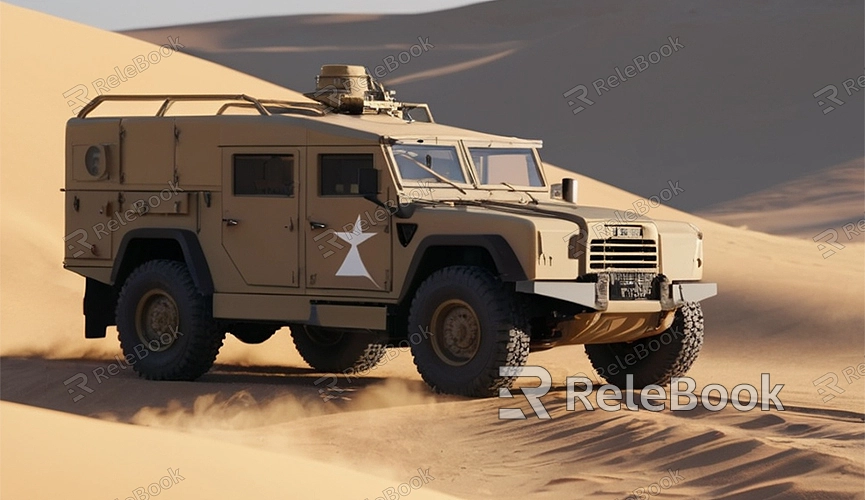How to 3D Model a Car
3D modeling is a skill that's both fun and challenging, especially when you're aiming to create a car model. This article will provide a detailed guide on how to use 3D modeling software to create a car model, suitable for beginners and intermediate users.
Step One: Choose the Right Software
Before starting 3D modeling, it's important to choose software that suits you. Common options include Blender, Maya, 3ds Max, and Cinema 4D. Each software has its pros and cons, but all can meet the needs of car modeling. For beginners, Blender is a good choice because it's free and powerful.

Step Two: Collect Reference Material
Before modeling, you'll need a lot of reference material. This includes images, dimensions, and detail drawings of cars. Car blueprints can be found online, typically including front, side, top, and rear views. Having detailed reference material will help you create the model more accurately.
Step Three: Create Basic Shapes
1. Import Blueprints: Import the collected blueprints into your 3D modeling software. Place the blueprints in different views for reference during modeling.
2. Create Basic Shapes: Start building the basic shapes of the car using primitives like cubes and cylinders. Begin with the body and gradually add details. Ensure each part's proportions are correct to avoid trouble later on.
Step Four: Refine the Model
1. Add Detail: On top of the basic shapes, gradually add details such as wheels, lights, and windows. Use tools like extrusion and knife to create complex geometry.
2. Optimize Topology: Ensure the model's topology is clean, which helps with UV unwrapping and texturing later on. Avoid excessive triangles and aim for mostly quadrilaterals.
Step Five: UV Unwrap and Texture
1. UV Unwrap: UV unwrapping involves flattening the 3D model's surface into 2D planes for texturing. Different software have different UV unwrapping tools, and learning how to use them is key to creating high-quality textures.
2. Create Textures: Use image editing software like Photoshop or GIMP to create textures for the car, including diffuse, specular, and normal maps.
Step Six: Materials and Rendering
1. Apply Materials: In your 3D modeling software, apply different materials to the model. Different parts of the car, like the body, glass, and tires, will need different material properties. Learning how to adjust material properties like reflectivity and glossiness is key to increasing the model's realism.
2. Set Up Lighting and Rendering: Set up appropriate lighting, choose a rendering engine (like Blender's Cycles or Eevee), and perform the final render. Adjust rendering settings for the best results.
Step Seven: Post-Processing
After rendering, you can use image editing software for post-processing. Adjust contrast, color balance, add backgrounds, etc., to enhance the final result.
Tips
- Be Patient: 3D modeling requires patience and attention to detail, especially for complex car models. Take your time and carefully craft each detail.
- Practice More: Practice different types of modeling exercises to improve your skills. Join online courses or watch tutorial videos to learn new techniques and methods.
- Join the Community: Join online communities for 3D modeling to exchange experiences with other enthusiasts, get feedback, and advice.
By following these steps and tips, you can create a beautiful 3D model of a car. If you need high-quality 3D textures, HDRI, or 3D model downloads for your creations, you can download them from Relebook and directly import them into your models.

